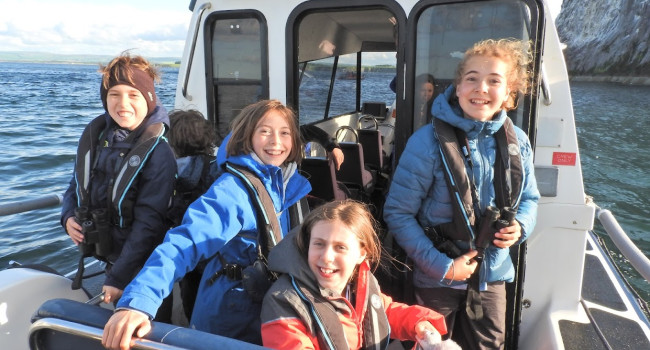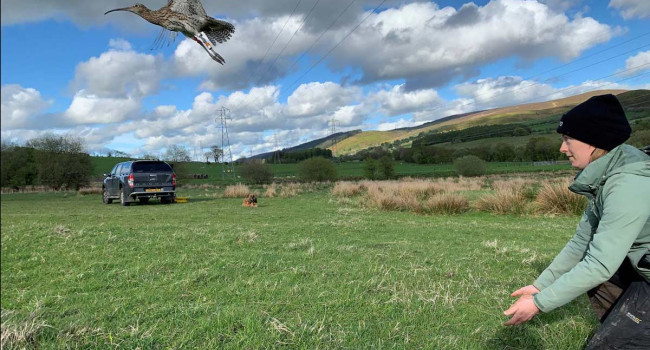Last chance for Welsh birds
01 Jul 2011 | No. 2011-24
The end is in sight for the biggest stocktake of the nations birds. Since the winter of 2007, legions of volunteers have been diligently recording the birds in Wales for the British Trust for Ornithology (BTO), and this mammoth task is due to come to a close at the end of the summer.
for Dipper
Over the last four years thousands of volunteers have been out and about in Wales counting birds and taking part in the BTO’s most ambitious project to date, the 2007-11 Bird Atlas but time is running out and evidence of breeding birds in Wales is still needed.
Right now Swifts are at their most obvious, and screaming parties of these enigmatic birds indicate that breeding pairs are around. Once pairs have young, with a little patience it should be quite easy to spot them entering the eaves of suitable buildings, and this is just the breeding evidence that the BTO need. Records of specialist species such as Nightjar and Woodcock which favour forestry plantations are welcomed, and streams and rivers can be investigated for Kingfisher, Dipper, Grey Wagtail and Common Sandpiper. Swallows and House Martins are multi brooded and if you missed them earlier in the season, they could be having their second breeding attempts shortly.
Kelvin Jones, BTO Wales Development Officer, commented, “Wales holds some pretty special breeding birds. It is one of the strongholds for the Chough, and its valleys hold more breeding Pied Flycatchers than anywhere else in Britain but Wales also holds good numbers of common breeding birds. House Sparrows are declining in England but here in Wales they are doing very well and their numbers have almost doubled over the last decade. However, we only know this because people tell the BTO and we need people to get out between now and the end of August and tell us about any breeding birds they see anywhere in Wales, from the middle of Cardiff to the top of Snowdon, to ensure we have the clearest picture of our breeding birds ever.”
He added, “Lighter evenings mean that short evening trips are possible, and if you were to target local areas for a couple of hours you could add significantly to the species recorded in the locality.”
To submit your records, please visit www.birdatlas.net or contact Kelvin Jones on kelvin.jones [at] bto.org
Notes for Editors
1. The BTO is the UK’s leading bird research organisation. Over thirty thousand birdwatchers contribute to the BTO’s surveys. They collect information that forms the basis of conservation action in the UK. The BTO maintains a staff of 100 at its offices in Norfolk and Stirling, who analyse and publicise the results of project work. The BTO’s investigations are funded by government, industry and conservation organisations.
Visit www.bto.org
Contact information
Ieuan Evans (Head of Membership)
Office: 01842 750050 (9am-5.30pm)
Email: membership [at] bto.org
Kelvin Jones (BTO Welsh Office)
Email: kelvin.jones [at] bto.org
Images are available for use alongside this News Release.
Please contact images [at] bto.org quoting reference 2011-24
The BTO has an ISDN line available for radio interviews
Please contact us to book an interview Office: 01842 750050






Share this page